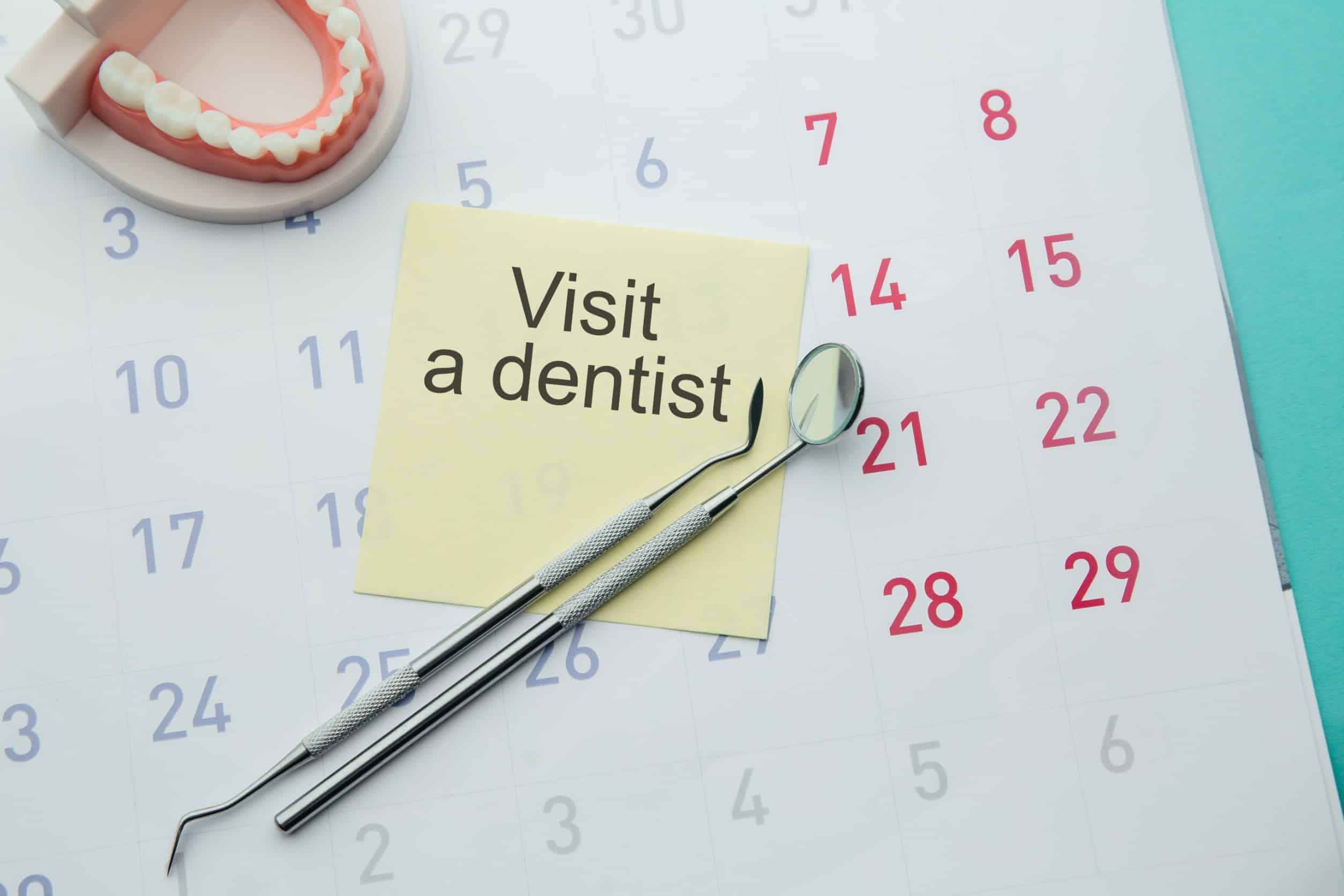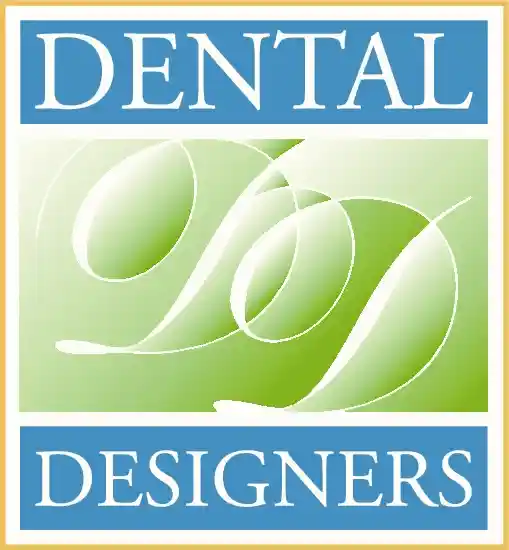5 Rockford Dentist Recommendations if Your Gums Bleed

Bleeding from the gums can be alarming, but it is also a key sign that you should not overlook. Blood when brushing, flossing, or eating can indicate inflamed gums or the beginnings of gum disease. Read our recommendations from Rockford dentist. While minor bleeding may resolve on its own or require simple at-home care, recurrent or excessive bleeding is considered a dental emergency. It is critical to schedule an appointment with your dentist promptly if you experience persistent gum bleeding. If caught early, gum disease is reversible with professional treatment and improved oral hygiene.
However, without intervention, gum disease can rapidly destroy the tissues that support your teeth and lead to tooth loss. As your trusted Rockford dentist, we urge patients to monitor their gums and never hesitate to call our office if bleeding occurs.
1. Causes of Bleeding Gums
Plaque Buildup
- The most common cause of bleeding gums is the accumulation of plaque along the gumline. Plaque is a sticky film that contains bacteria that forms on teeth when oral hygiene is inadequate. The bacteria in plaque release toxins that trigger inflammation and irritate the gums. As plaque grows untreated, it hardens into tartar. It can be removed during dental cleaning.
- The inflamed gums become swollen, reddish in color, and prone to bleeding with even gentle brushing or flossing. Suppose gum inflammation from plaque buildup is allowed to persist. In that case, it can progress to gingivitis and eventually periodontitis, advanced stages of gum disease characterized by significant gum recession, bone loss, and loose teeth. Regular plaque removal through daily brushing and flossing is crucial to prevent bleeding and keep gums healthy.
Gingivitis
- Gingivitis is the early stage of gum disease when plaque accumulation causes gums to become inflamed, but there is no permanent bone or tissue damage yet. The hallmark signs of gingivitis are puffy, reddish gums that bleed easily when brushed. You may also notice bad breath or a slightly receded gumline. Gingivitis can be reversed with professional cleaning and improved oral hygiene to control plaque.
- If left untreated, however, gingivitis can advance to periodontitis and jeopardize your teeth. About 50% of adults have some degree of gingivitis, making it the most widespread form of gum disease. Persistent gum bleeding is your cue to call your dentist, as it likely indicates gingivitis that requires treatment. Catching and controlling gingivitis early is key to preventing further gum deterioration.
Periodontitis
- Periodontitis is the advanced form of gum disease that occurs when gingivitis progresses untreated. In periodontitis, plaque bacteria have invaded below the gumline and begun to damage the tissues and bone supporting the teeth. As the infection spreads, gums recede, pockets form, and the periodontal ligament and bone are broken down. This causes teeth to loosen and makes them prone to falling out. The infected gum tissue is intensely inflamed and bleeds readily with minimal disturbance.
- Other symptoms include persistent bad breath, receding gums, and loose or shifting teeth. At this stage, professional deep cleanings, antibiotics, and even gum surgery may be required to get the infection under control, stop gum bleeding, and prevent tooth loss. Seeing the dentist for an exam at the first sign of bleeding can help diagnose periodontitis so that aggressive treatment can begin before major damage is done.
Vitamin C Deficiency
- Inadequate vitamin C intake can also lead to bleeding gums. Vitamin C is essential for overall health and for gums. A deficiency can cause the gums to become inflamed and bleed. Vitamin C helps gums remain resilient and resistant to infection. It also aids in collagen production, which is needed for healthy gum tissue. Easy bruising and slower wound healing are other signs of vitamin C deficiency.
- Ensuring you consume enough vitamin C daily through citrus fruits, peppers, broccoli, and supplement sources can help optimize gum health and prevent bleeding. Adults need around 75-90 mg of vitamin C per day. If gum bleeding occurs, increasing your vitamin C intake may help. However, persistent bleeding warrants seeing a dentist to determine if gum disease is the cause rather than a dietary lack of vitamin C.
2. Signs It’s Time to See the Dentist

Bleeding When Brushing or Flossing
Any bleeding from the gums when you brush or Floss is a symptom that requires prompt attention. While minor bleeding from irritated gums may stop on its own, recurrent bleeding indicates inflammation that needs to be addressed. Do not delay seeing your Rockford dentist if bleeding becomes a regular occurrence.
Red, Swollen, or Tender Gums
Gums that look reddish, inflamed, or feel tender when touched warrant a dental visit. Swelling, puffiness, or change in gum color signifies an underlying issue.
Receding Gums
If your gumline has pulled away from your teeth, leaving more tooth surfaces exposed, gum recession may be occurring due to infection. Receding gums are at greater risk for further disease progression.
Loose Teeth
Teeth that have become loose or seem to have shifted position could signal advanced gum disease that has caused loss of supporting bone. This requires urgent dental care.
Persistent Bad Breath
Bad breath that persists despite brushing and flossing can be a sign of gum disease. Bacteria from gum infections release sulfur compounds that cause foul odor. Seek dental treatment if brushing and mouthwash do not resolve bad breath.
3. Improve Oral Hygiene
As your trusted Rockford dentist, we always emphasize proper oral hygiene to our patients as the first line of defense against gum disease and bleeding. Optimizing your home care routine is crucial both to prevent and treat gum problems.
Brush your teeth twice a day:
Make it a goal to clean your teeth as thoroughly as possible for two minutes twice a day. A toothbrush with soft bristles should be used to remove plaque and debris from the gums and the surfaces of the teeth. Brushing at a 45-degree angle along the gumline is the most effective method. Always be careful not to scrape too vigorously since this might cause further harm to the gums.
Use Floss once per day:
It is recommended that you floss at least once a day, taking special care to clean in between the teeth and behind the gumlines. Plaque that is missed by brushing may be removed by flossing, which also helps decrease irritation in the gums.
Be sure to use antimicrobial mouthwash:
Swishing with an antiseptic mouthwash on a regular basis may help improve gum health and minimize bleeding by eliminating germs that are present in the mouth in excess. In order to eliminate plaque microorganisms, you should look for mouthwashes that include chlorhexidine or cetylpyridinium chloride.
4. Schedule a Dental Cleaning
- One of our top recommendations if you are experiencing gum bleeding is to come in for a professional dental cleaning. Routine cleaning is important for removing built-up plaque and tartar from below the gum line so that you cannot reach home. This plaque is a major contributor to gum irritation and bleeding. A dental hygienist uses specialized tools to thoroughly clean down to the tooth roots to eliminate inflammation-causing bacteria.
- Cleaning also allows us to do a comprehensive exam of your gums. We can check for signs of gingivitis or periodontitis, including gum pockets, swelling, recession, and bleeding points. Based on this assessment, we can determine whether deep cleaning procedures are required and provide you with tailored home care instructions for optimal gum health. Staying on your regular 6-month cleaning schedule will help defend against gum disease and related bleeding issues before they escalate.
Have Gum Disease Treated
If an exam reveals that gum disease is present, following our treatment recommendations is critical to stopping bleeding gums and preventing tooth loss.
- Certain drugs, including antimicrobial rinses, gels, or antibiotics, may be recommended to patients suffering from gingivitis in order to alleviate the symptoms of infection and inflammation. In addition, we could suggest that you have your teeth cleaned more often over some time in order to maintain control of plaque while your gums are healing.
- In order to cure the sick pockets that are located around the teeth, patients with mild to severe periodontitis will need to have extensive cleanings. In order to remove unhealthy gum tissue and tartar all the way down to the roots, we could utilize strategies like scaling and root planing. There is also the possibility of incorporating antibiotics or antimicrobials. It is occasionally required to do gum surgery in order to remove excessively infected gum tissue and improve pocket access when the periodontitis is severe.
- The treatment of gum disease on a comprehensive level involves both time and effort. The customized treatment plan that we provide, on the other hand, has the potential to effectively reduce bleeding that is associated with the condition while also restoring health to your gums and mouth. Be careful to follow up on all of the care that was prescribed.
5. Address Vitamin Deficiencies
Vitamin deficiencies may be a factor in the persistence of gum bleeding after the implementation of improved oral hygiene practices and the treatment of gum disease.
An increase in vitamin C
By increasing your daily consumption of vitamin C from foods like citrus fruits, broccoli, tomatoes, and supplement sources, you can improve the health of your gums. On a daily basis, adults need between 75 and 90 milligrams of vitamin C. If you want to maximize the regeneration of gum cells and the synthesis of collagen, consider boosting your consumption.
Work on the Blood
In order to determine whether or not you are lacking in vitamin C or other nutrients that are essential for maintaining healthy gums, such as vitamin D, calcium, and iron, we suggest that you undergo blood testing. Based on the findings of the laboratory tests, we are able to provide recommendations for the most effective dietary adjustments or supplements to correct any deficiencies that have been identified.
Before moving further with more intrusive treatments for gum disease, it is essential first to determine whether or not nutritional inadequacies are the root cause of the condition. A diet that is well-balanced and the use of essential vitamins may make a significant impact on the health of your gums and body.
Consider Alternatives if on Blood Thinners
It is usual for individuals who are on blood-thinning drugs such as warfarin, clopidogrel, or aspirin to have more bleeding from the gums when they clean their teeth. If you are on a blood thinner medication, we understand the frustration of brushing and flossing gently yet still seeing spots of red appear. But do not be dismayed; there are solutions to explore! Speak with your physician to learn if you alternate.
Other options exist that thin bloodless aggressively. An alternative pill-popping regimen may be the answer, so consult your trusted doctor today. When attending to your pearly whites, handle your gums with care. Lightly graze your teeth with a feather-soft brush and avoid jabbing Floss into your delicate gums. Inform your Rockford dentist about any pills affecting your blood’s ability to clot so extra steps can be taken to keep your mouth clean while keeping bleeding at bay.
Conclusion
With attentive oral hygiene and open conversations with professionals, you can say goodbye to gum bleeding episodes. Persistent red
Our team can pinpoint what is causing your gum bleeding and recommend targeted treatment. Catching and controlling gum disease in its early stages is critical to prevent permanent damage leading to tooth loss. With professional care and ongoing improvements in your oral hygiene routine, bleeding gums can be reversed.
Do not hesitate to call us if you notice blood when brushing, flossing, or eating. Stopping gum bleeding at the source requires a prompt evaluation so we can help you get back on track with healthy gums and a bright smile. With some effort and diligence, your gum bleeding can become a thing of the past.

